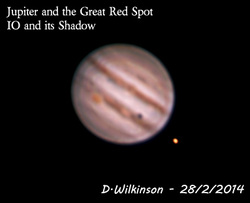 Jupiter
Jupiter Dave first got into this in 2012 after an hiatus from sports photography, having been inspired by an e-book titled Seeing the Unseen about photographing landscapes at night. As he had been interested in astronomy as a child, it was a natural progression for him to combine these interests.
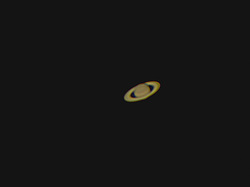 Saturn
Saturn 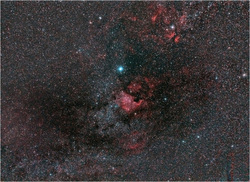 North American Nebula
North American Nebula Spurred on by some very successful images using minimal kit, it wasn’t long before he was investing more cash in these projects and soon began using the camera body on telescopes to experiment with magnification. He also started using a tracking system (this moves the camera at the same rate as the apparent movement of the sky as the earth rotates, allowing sharp images of individual objects and eliminating the ‘default’ star trails). In addition to this, Dave was now utilising video, from which he could then select individual frames at their sharpest to create even more refined stacked photographs. Use of video in this way makes it possible to negate the effect of atmospheric distortion and achieve the highest possible detail from the captured footage. He has since progressed to imaging sun spots and flares (Health and Safety note; do not attempt this without a filter!) as well as some impressive detail on photographs of the Moon and planets.
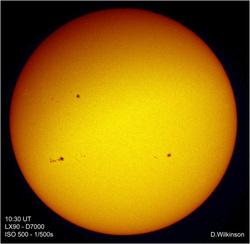 The Sun
The Sun One thing I particularly enjoyed about Dave’s talk was his conclusion that expressly referenced how talking about his work to other ‘CRITters’ had helped shape, inform and inspire his recent outcomes. Having discussed that much of his work was a little scattered and amorphous, his CRITgroup visit inspired Dave to devise some specific projects, these being planetary imaging, especially Jupiter due to good viewing conditions, and photographs taken using the telescope at The Godlee Observatory (the home of Manchester Astronomical society). It was exciting to see his most recent photographs taken from the Godlee at the end of April, in which he had captured details in the rings of Saturn and the polar icecaps on Mars!
A refreshing change from the standard arty fare that CRITgroup enjoys exploring, this work reminded me of the Renaissance roots of many modern artforms, where the arts and sciences were very much less distinct areas. These boundaries are being increasingly challenged in a variety of ways but Dave’s work seemed a very simple and honest way of revisiting the relationship between the disciplines and reminded me that the arts and sciences are really just two languages communicating our drive to explore, understand and recording the world (or universe!) around us. I hope the inspiration Dave has found at CRITgroup continues to fuel many more exciting images and look forward to seeing them in the near future (though I hope that will be on a global, not universal scale and they don’t take 21 million years to appear)!
Next month we will meet on May 28th to welcome artist Peter S. Smith who will share his paintings and prints, as well as some new work on the iPad.
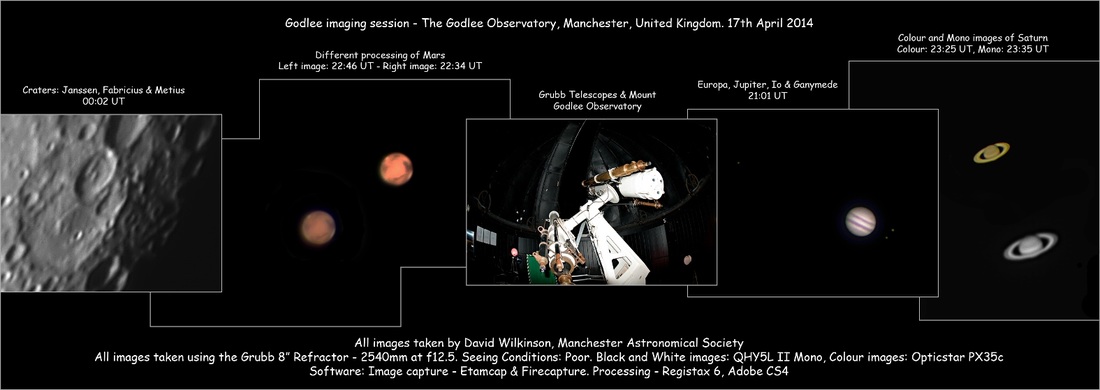
 RSS Feed
RSS Feed
